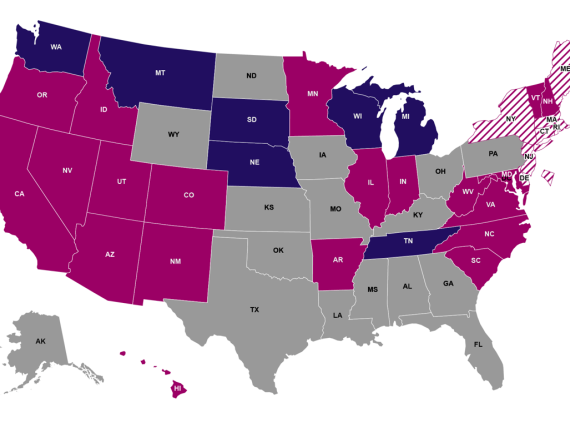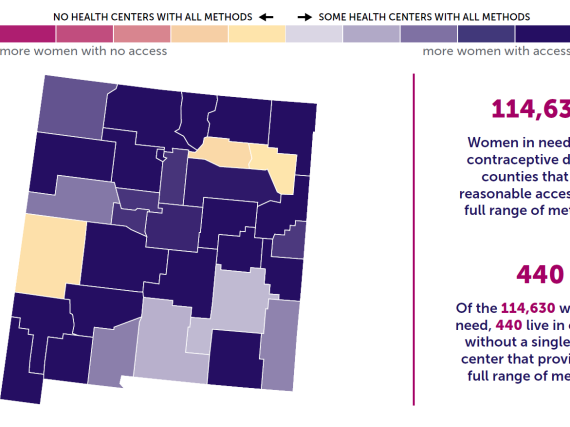Overview of State Telehealth Policies Relevant to Contraception
Telehealth has greatly expanded in the US since the beginning of the COVID-19 pandemic and has proven itself a viable option for folks to obtain contraception.
Power to Decide’s polling data found that 77% of respondents agree that telehealth is a useful method to get birth control when in-person visits are not possible. Power to Decide embarked on a project to synthesize, analyze, and visualize state-level telehealth policies pre-COVID and during COVID (the latter of which are temporary unless otherwise noted), with a focus on those that can have an impact on contraceptive access.
Overview of State Telehealth Policy.pdf
(173.33 KB)


